8 Things I Learned From 4 Months Of Alfa Romeo Giulia Quadrifoglio 'Ownership'
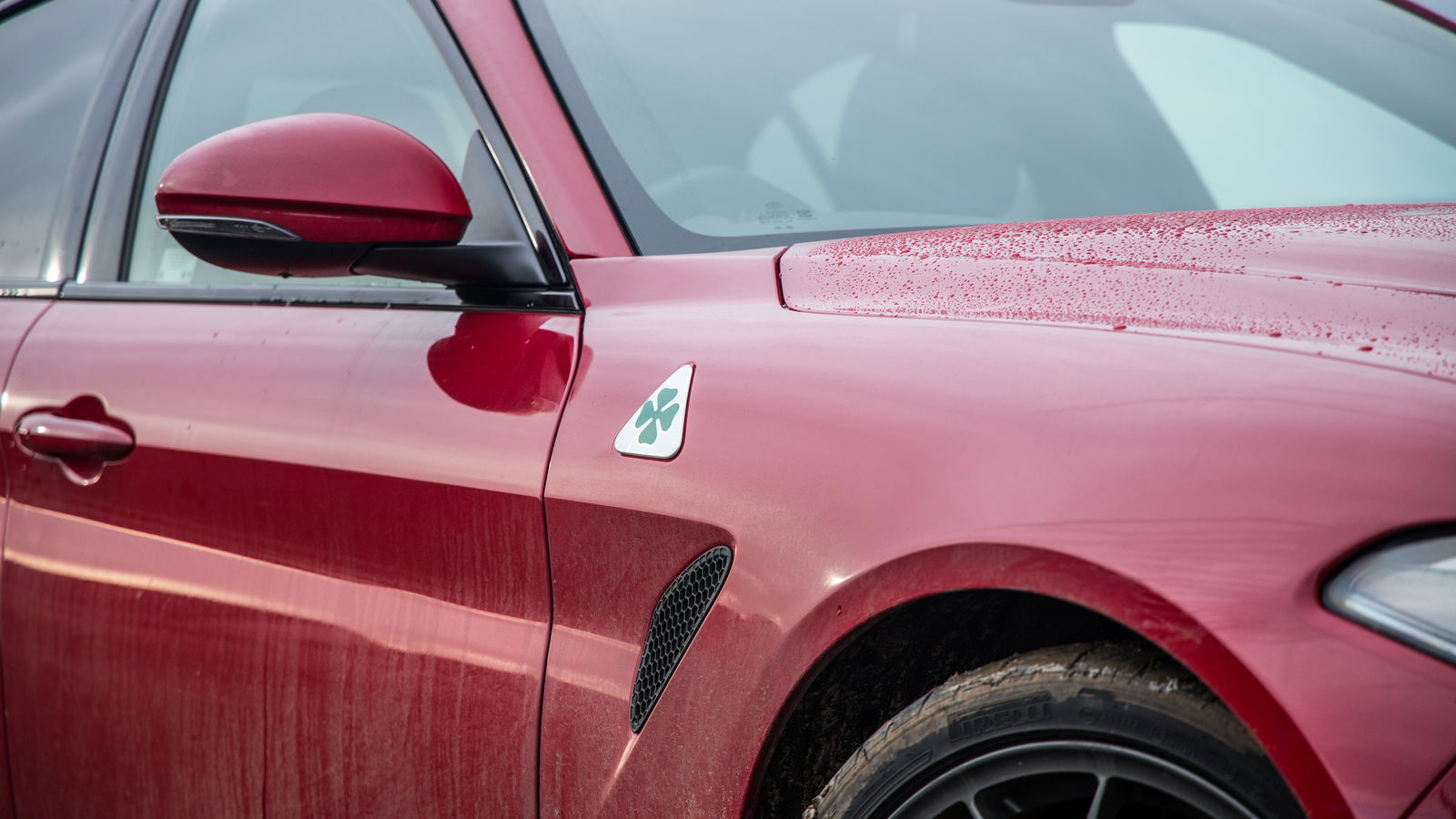
We’re coming to the end of our Alfa Romeo Giulia Quadrifoglio stint. Following on from the Stelvio we ran from January to September, we’ve had a pair of the SUV’s saloon cousins - first a 2020 model year, and then a 2021 to keep things more relevant to what customers can currently buy.
It’s been a positive experience on the whole, and we’re not looking forward to the day we have to give up the keys. Some crying may occur.
Here’s what we discovered over the last few months:
It's not the most practical compact saloon
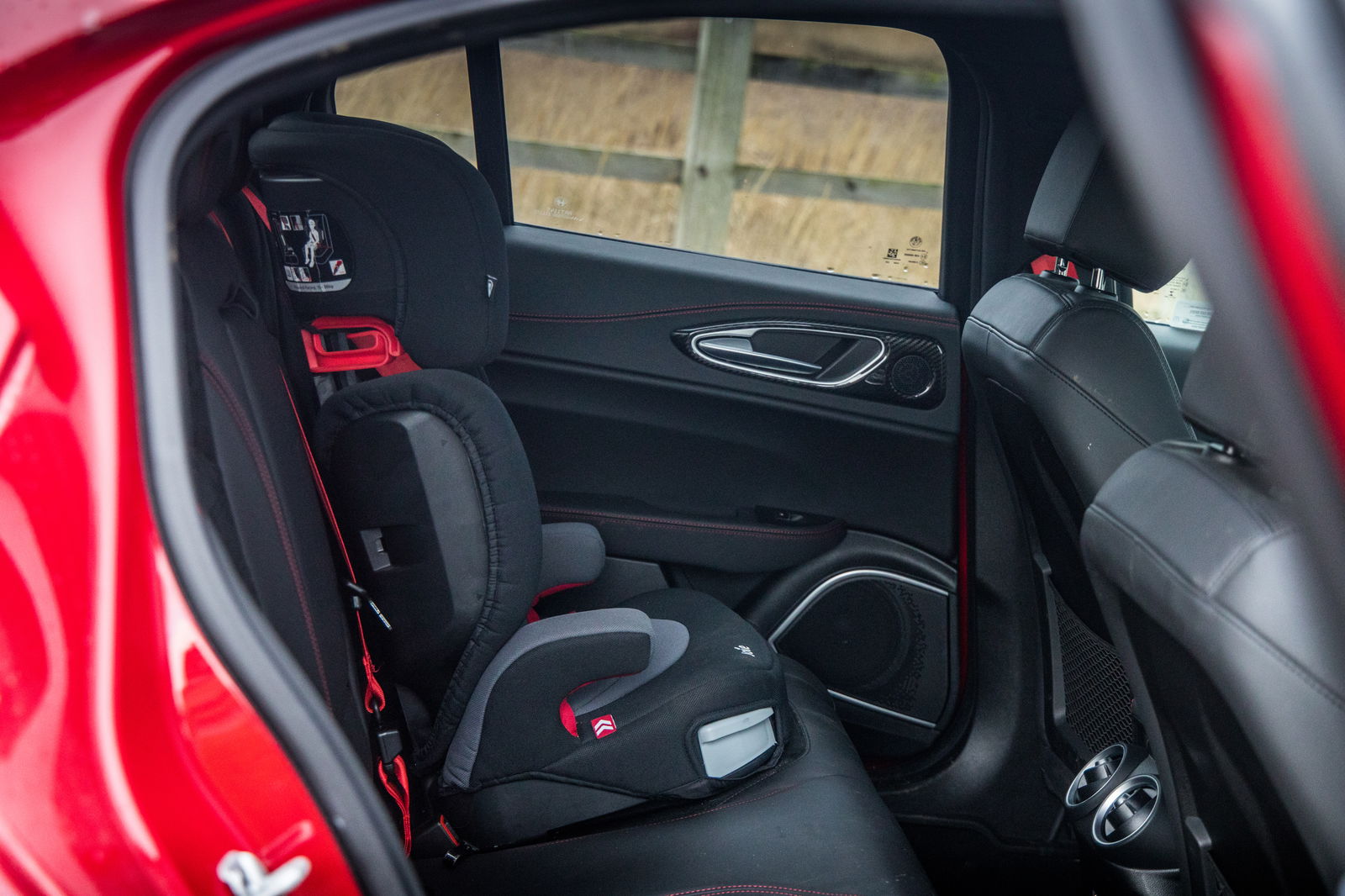
D-segment saloons aren’t why you buy if practicality is high on your agenda, but it is worth pointing out the Giulia is not the easiest thing to live with in the class. Purely in terms of capacity, the boot is on-par with a BMW 3-series, but the opening is smaller.
Plus, if you drop the rear seats, the Giulia offers a piddly letterbox of an opening that makes loading in bigger items tricky. During my ‘patented’ modern-mountain-bike-with-a-front wheel-off test, I had to also remove a pedal to get it through the gap. I’ve never had to do that with a saloon car before.
The Giulia isn’t the most capacious thing in the rear either, not helped by the large transmission tunnel. The recessed seat belt sockets are also a pain when strapping passengers in with child seats.
I'm in love with the looks
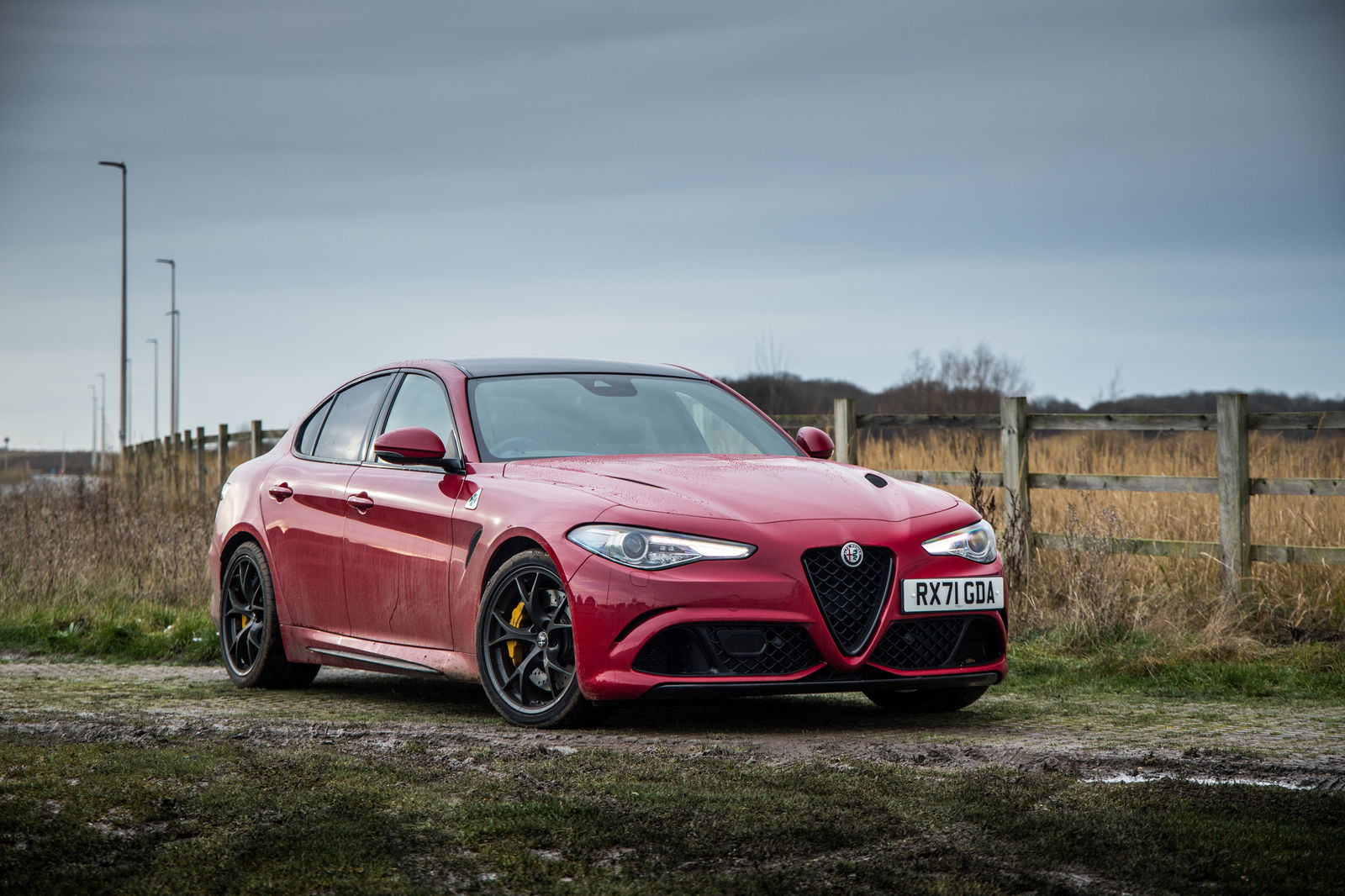
That said, I don’t really care all that much about some additional faff loading people and things into the Giulia - all becomes forgivable when you park up and have an ogle. I’m looking back for an admiring glance just as much as when I first took the keys, so handsome is this thing. The rest of the car could be utter rubbish (it isn’t, of course) and the gorgeous Giulia get away with it.
The adaptive cruise control is ridiculously nervous
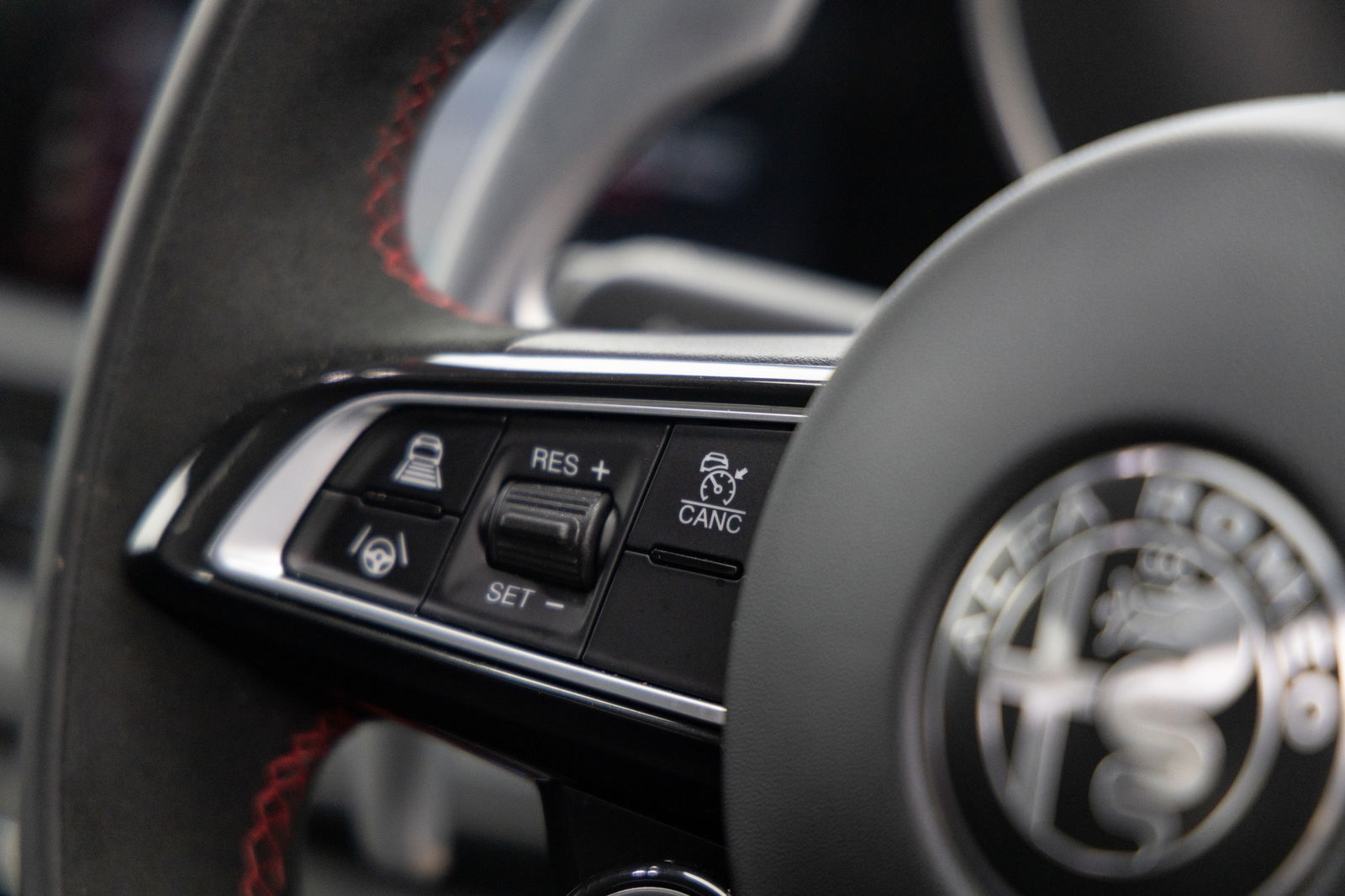
A few years ago I ran a Honda Civic Type R as a long-term test car and found its adaptive cruise control so patchy I dedicated a whole article to moaning about it. The Giulia might be even more infuriating - I try to take note of each time I get a ‘phantom braking’ episode for a car that isn’t there when using the adaptive cruise, but it happens so frequently I usually lose count.
See also: ‘My’ Honda Civic Type R’s Cruise Control Is So Patchy I’ve Stopped Using It
It tends to be worse on narrower sections of dual carriageway and motorway, presumably because the sensors are picking up cars one lane over and assuming they’re directly in front. The Stelvio we ran was susceptible to this issue, but it didn’t seem to happen as frequently. There’s no perceivable difference between the 2020 and 2021 model year Giulias we ran, and the errant braking happens with the lane assistance switched both on and off.
If I were speccing my own Giulia, I’d be tempted to ditch the £1000 Driver Assistance Plus pack, which leaves the car with old-style passive cruise control. Without it, the car isn’t exactly short on safety gizmos, with the likes of autonomous emergency braking, blind-spot monitoring and lane departure warning all fitted as standard.
The carbon shell seats are off the options menu, but that's not a bad thing

Speaking of options, the carbon-backed Sparco bucket seats we had in the 2020 car are no longer available. That’s not something to shed a tear over - they were £3250 (contributing to a whopping £83,295 optioned-up price, compared to £76,445 for the 2021 car), and simply weren’t comfortable enough over a long journey. The standard-fit electrically adjustable front seats are much better, and while they might not look as good, it’s worth remembering this is supposed to be a family saloon and not a Porsche 911 GT3 RS.
One option we are missing however is the 14-speaker Harman Kardon Sound Theatre system. It’s still available, but not on our current Giulia. You’re looking at £950, but that’s money well spent - the standard audio setup isn’t great.
Rounding off our look at options, it’s worth noting the Competizione Red tri-coat finish of ‘our’ 2020 car - which cost a whopping £2500 - is off the menu. The sole remaining red is the ‘Alfa Red’ of the ‘21 machine, a solid paint which is also only free finish. Montreal Green, which wasn’t added to the palette all that long ago, is also no longer on the configurator.
Thanks to our time with the Stelvio, we’ve now enjoyed Alfa’s wonderful and criminally underused twin-turbo V6 for the best part of a year. I’m still loving its throaty, raspy note, thanks partly to the titanium Akrapovic exhaust fitted to both Giulias. It costs exactly the same as those Sparco seats did at £3250, but unlike the chairs, the carbon-tipped pipework is worth every penny of that.
It adds extra bass at lower revs, and more fanfare at the top end. At some revs when you’re on a motorway cruise there is a low frequency pulsing noise in the cabin, but it’s subtle and you soon tune it out.
It's noticeably less thirsty than the Stelvio, but not exactly frugal
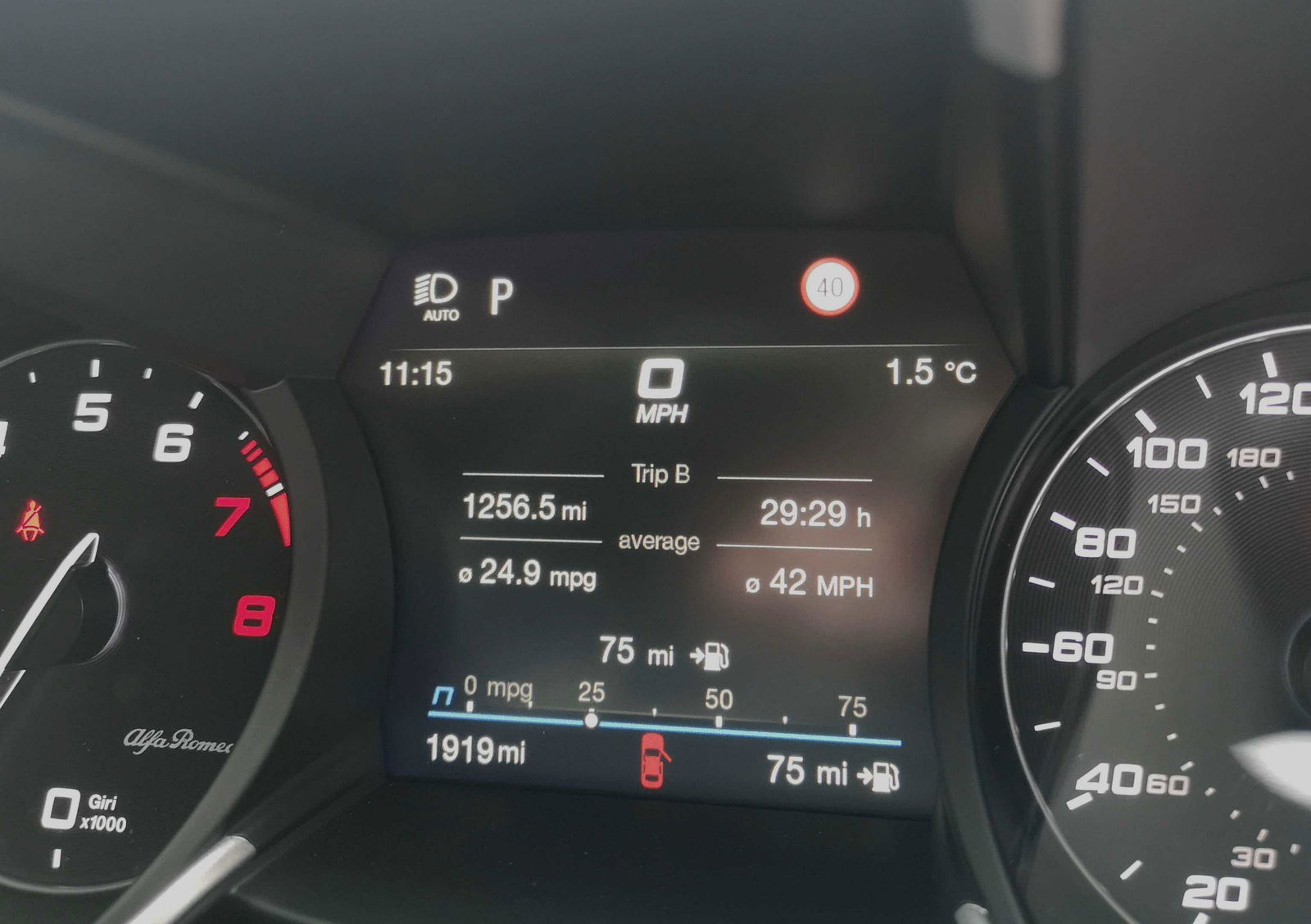
By our (very rough) estimates, the Giulia is about 10 per cent less thirsty than the Stelvio. No surprises there - it’s lighter, two-wheel drive and has a far better drag coefficient. However, it doesn’t, as some high-power cars can, surprise with reasonable distance economy. Running on the new E10 10 per cent ethanol standard unleaded in the UK (which is slightly less efficient since ethanol isn’t as energy-dense as petrol), it’s a struggle to get it over 30mpg even when careful.
In a mix of driving conditions, you can expect to average 22 - 25mpg. Drive fast, and the Giulia Q has a V8-like thirst. The remaining fuel mileage estimate is also more optimistic than most - you generally want to knock 10 or even 20 per cent off it in your head for a more realistic figure.
Reliability hasn't been an issue

We have to broach this subject because as soon as you mention you’re running an Alfa Romeo on the Internet, you can expect a bunch of comments about how it’ll inevitably break down. So, we should report that after around seven months with a Stelvio and four with the Giulias, the only thing close to a reliability issue we had was an overly sensitive alarm. It’s something we experienced on all three, but Alfa Romeo UK tells us a dealer would be able to turn the sensitivity down.
See also: Are Alfa Romeo’s Current Cars Reliable?
Anecdotal evidence should never be relied on, of course. With that in mind, earlier in the year we delved into Alfa’s current reliability record further using Driver Power survey data. The conclusion? It’s complicated. Over the last few years, the brand has ranked higher than its German rivals for reliability, although a significant portion of owners reported faults. Use the link above to read more.
I have to own one at some point
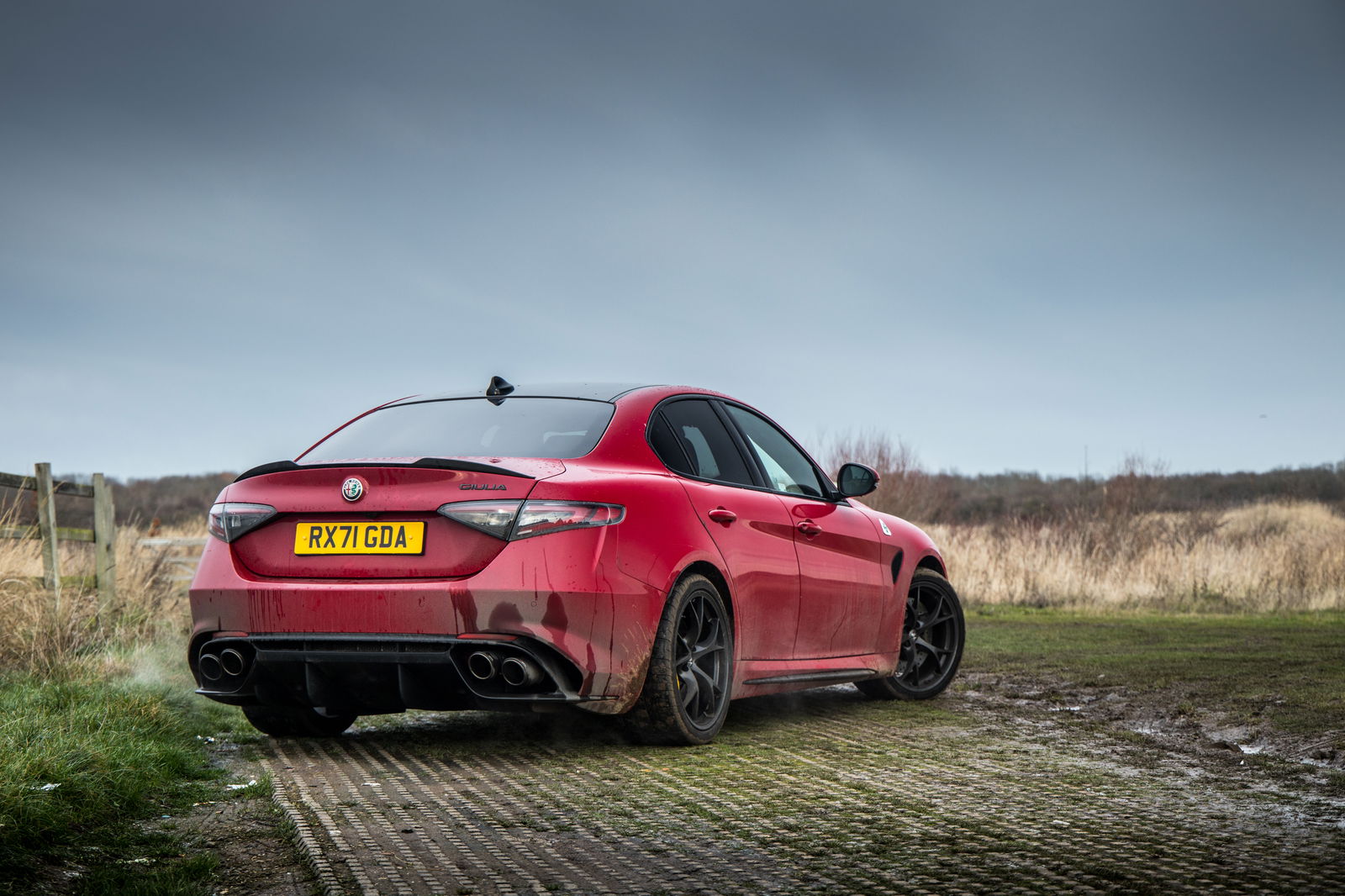
With the effect current regulations are having on modern performance cars, there aren’t many current machines I find myself adding to the ‘must own’ list. The Giulia Q is a rare exception - it’s one of the noisiest, most exciting and exotic-feeling affordable-ish cars around right now. If I could, I’d go out and buy/lease one right now. Instead, I’ll have to hang on until depreciation takes its course. It’ll be worth the wait.
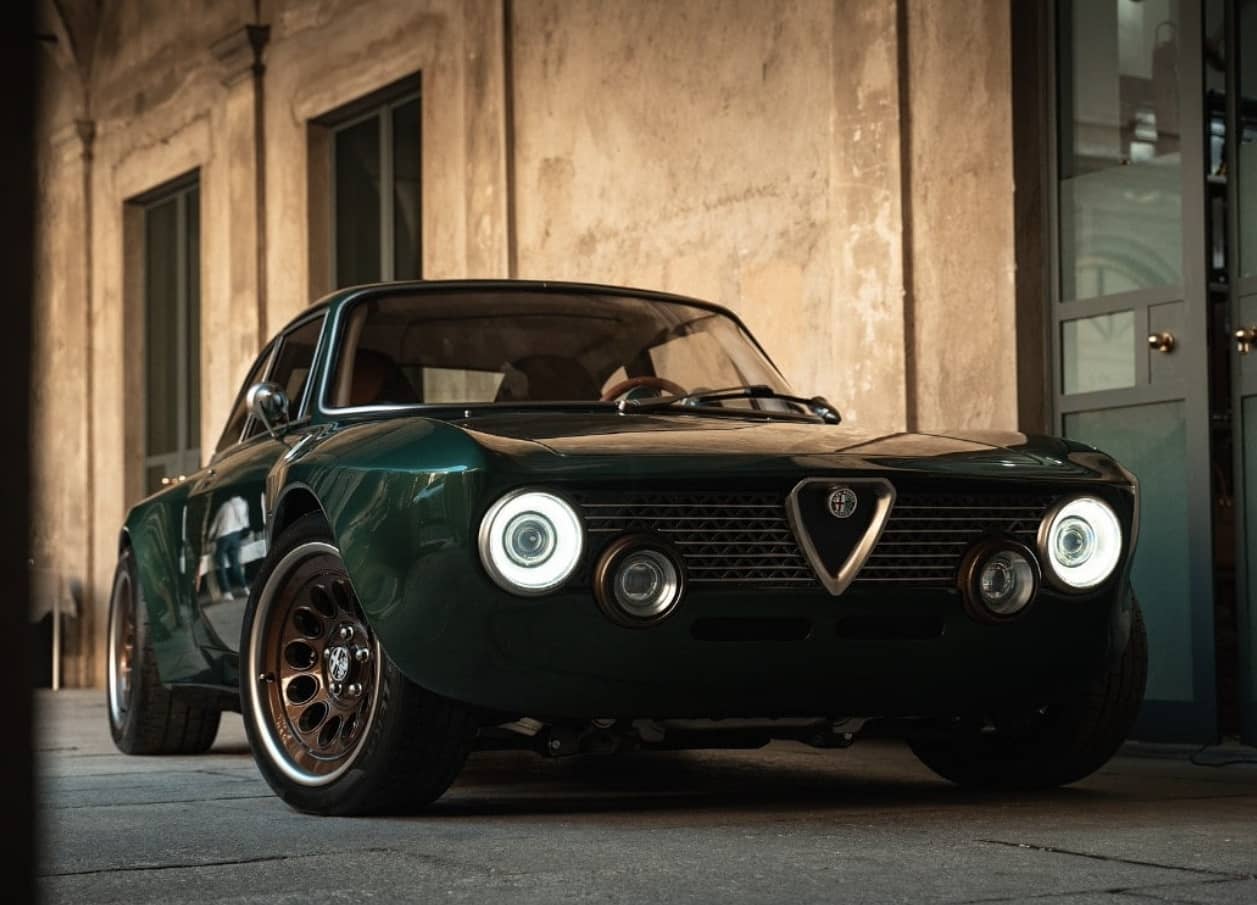
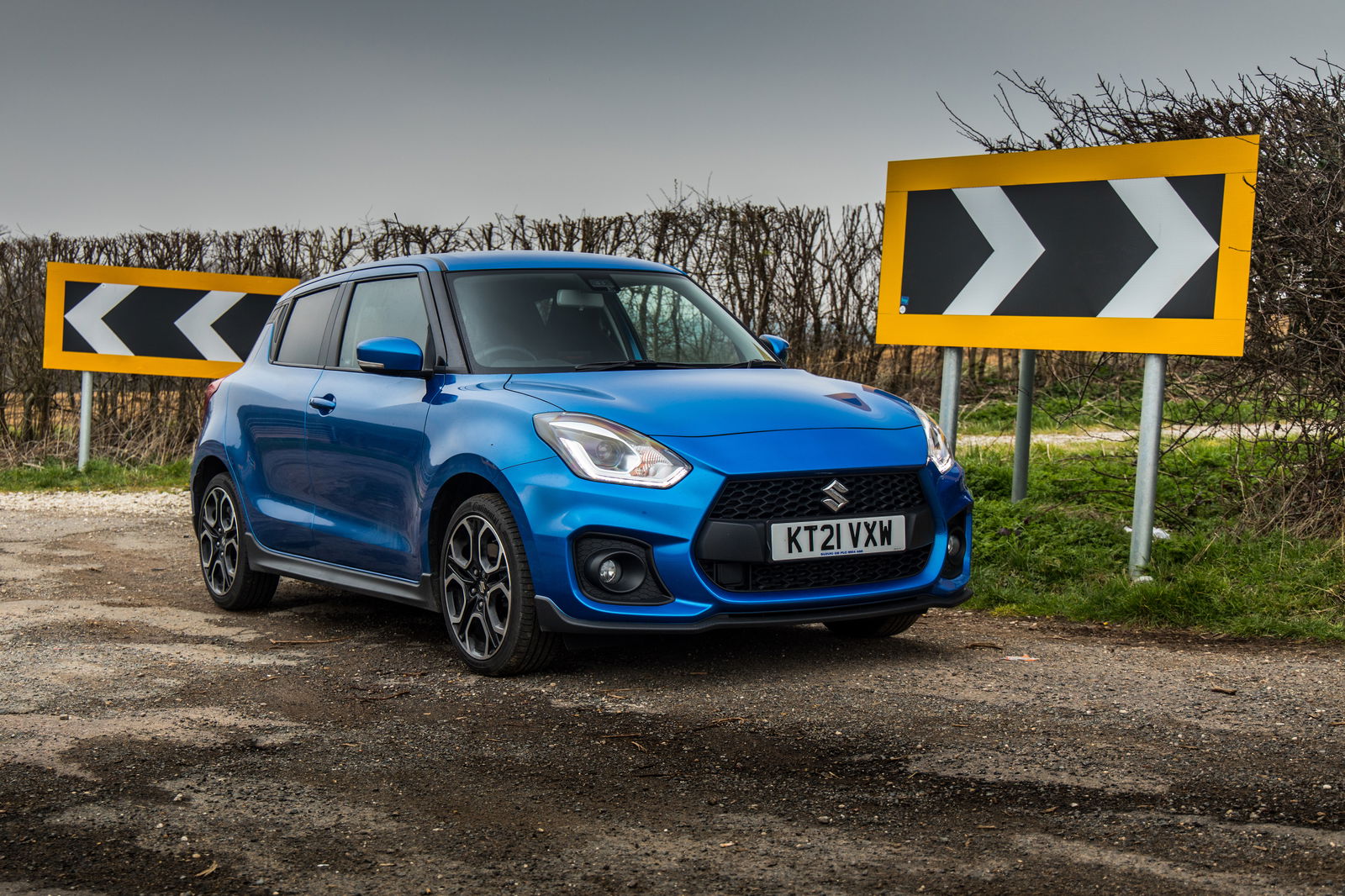

Comments